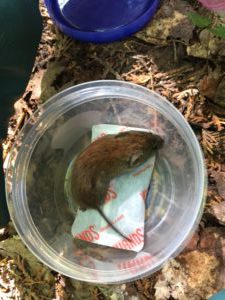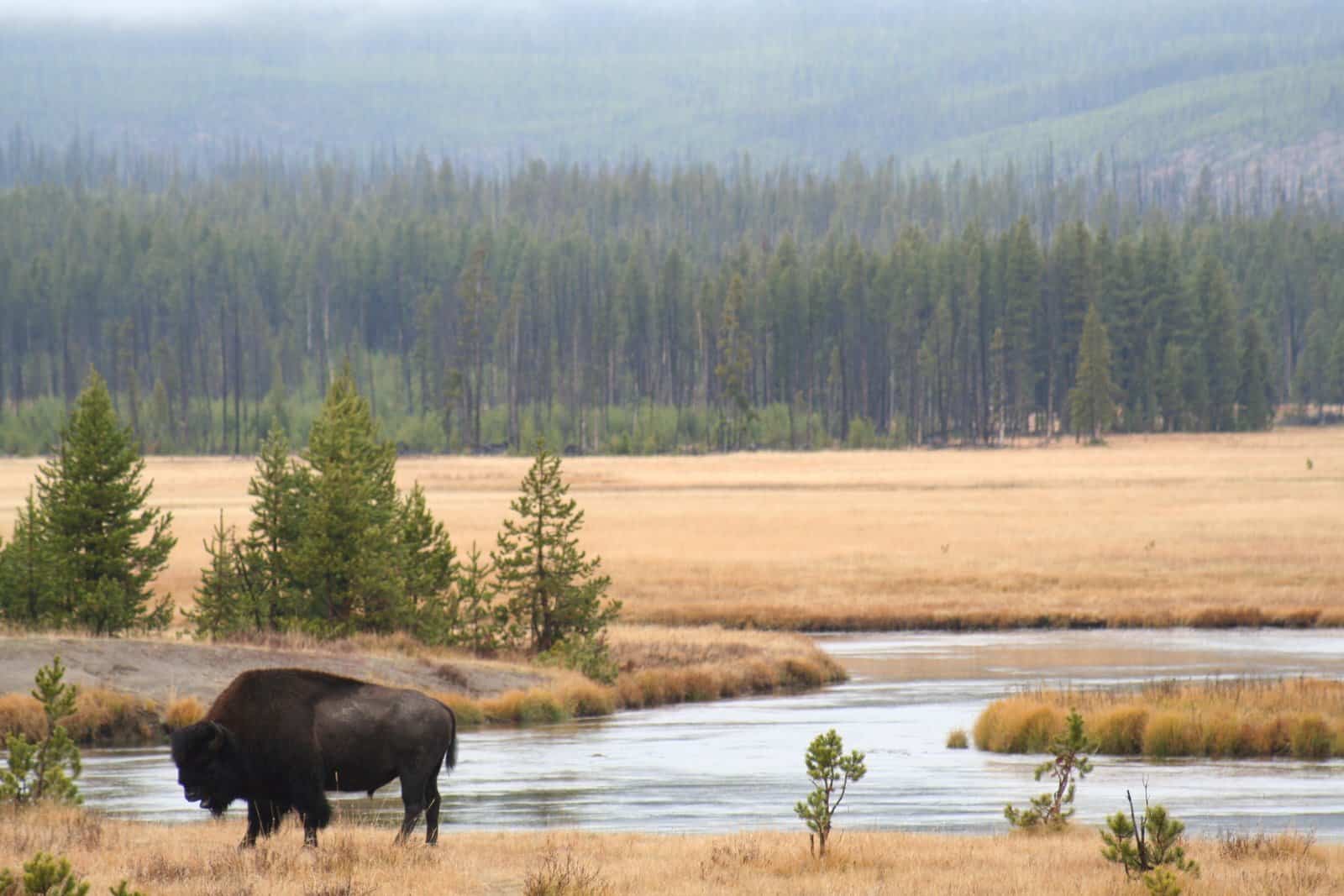Share this article
Primary marten prey declining in Wisconsin
A deterioration in their primary prey may be affecting the recovery of martens in Wisconsin, according to ongoing research.
“Their primary prey is absent, or at least really reduced in this region, and that’s going to be a challenge for martens,” said TWS member Ally Scott, who is currently pursuing her master’s degree in wildlife ecology at the University of Wisconsin-Madison and who collaborates with the Great Lakes Indian Fish and Wildlife Commission.
American martens (Martes americana) are the only state endangered mammal in Wisconsin, and they also have an important significance to the indigenous Ojibwe people in the state, Scott said. They historically prey primarily on southern red-backed voles (Myodes gapperi) in the state. Scott wanted to see whether prey availability was changing, so she laid traps last winter and summer to try to understand the types of prey that were available to martens, which are members of the weasel family.
As outlined in a poster displayed at the 2019 Joint Annual Conference of the American Fisheries Society and The Wildlife Society in October, Scott’s team set a series of Sherman traps during the summer in three different forest types: eastern hemlock-northern white cedar stands, black spruce-tamarack stands and hardwood stands. They did the same thing in the winter, but placed the traps inside specially built culvert tubes for insulation and to access the stable environment beneath the snow where rodents travel in winter.
They found that southern red-backed voles, which the martens prefer, had declined drastically from about 10 years ago, when they were a dominant species in the area.

Southern red-backed voles are the primary prey of American martens. ©Ally Scott
The team also found that the ratio of other species was changing. Across seasons, white-footed mice (Peromyscus leucopus) outnumbered colder-adapted deer mice (Peromyscus maniculatus) in the study area.
“It’s possible that because winter conditions are deteriorating, it’s no longer holding back this southern species, and this white-footed mouse is actually able to displace this deer mouse,” Scott said.
Since it’s hard to specifically manage a forest to favor red-backed voles, these changes in the small mammal community may present a challenge for marten conservation, she said. Other studies have found that martens are switching to different prey, like shrews, but these are a lower-quality food resource than red-backed voles.
But their preliminary findings also show that black spruce-tamarack stands may provide refuges for cold-adapted species, since more of these animals have been trapped here compared with other areas.
“This knowledge could help forest managers protect areas that favor historic species assemblages, buffering martens from shifts in available prey as climate changes,” Scott said.
Scott said the work is still preliminary at this point, but she hopes to clarify these early trends in the population of primary and potential marten prey after another season of research in January.
Header Image: Ally Scott holds a deer mouse. ©Han Bartholomaus








